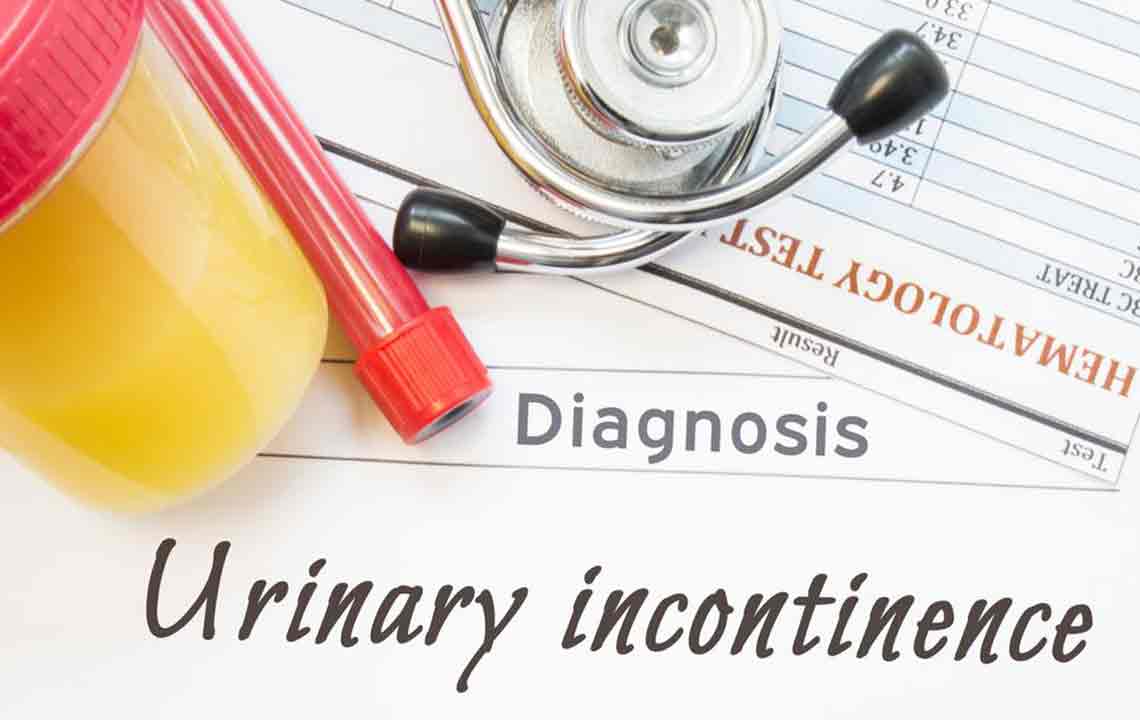Managing Opioid Withdrawal: Symptoms and Treatment Options
This article explores the symptoms of opioid withdrawal and various treatment strategies, including medication-assisted therapy and rapid detox approaches. It emphasizes the importance of medical supervision during detox processes and provides an overview of drugs used to ease withdrawal symptoms and prevent relapse. Always seek professional healthcare advice for safe and effective recovery from opioid dependence.

Managing Opioid Withdrawal: Symptoms and Treatment Options
Signs of Opioid Withdrawal:
Withdrawal from opioids involves two main stages. The initial stage presents symptoms like:
Fatigue
Yawning frequently
Insomnia
Profuse sweating
Runny nose
Watery eyes
Agitation
Anxiety
Restlessness
Muscle pain
The second stage is characterized by:
Goosebumps
Fast heartbeat
Pupil dilation
Nausea and vomiting
Stomach cramps
Diarrhea
These early symptoms may last from one week up to a month. They are often followed by persistent emotional and behavioral challenges. Many individuals struggle to fully recover without ongoing support after detox. Medical professionals often prescribe medication replacements that mimic opioid effects to manage cravings and relapse risk.
These medications help control relapse and cravings. Doctors gradually taper dosages until the patient is ready to stop entirely. Therapy durations often extend beyond six months. Common drugs used in detox include:
Buprenorphine: Buprenorphine binds to opioid receptors, tricking the brain into perceiving it as the usual opioid dose, preventing withdrawal symptoms without causing euphoria.
Methadone: Methadone lowers the desire for more potent opioids, attaching to the same receptors and alleviating withdrawal symptoms for about 24 hours.
LAAM: LAAM (Levo-alpha-acetyl-methadol) blocks euphoric effects of stronger opioids, manages cravings, and suppresses withdrawal for over 72 hours.
Naltrexone: Post-withdrawal, Naltrexone prevents opioid effects, reducing the risk of relapse.
Trazodone: Prescribed to address anxiety and depression linked to withdrawal.
Buprenorphine Subutex: Highly effective for easing withdrawal symptoms and used in long-term maintenance similar to methadone.
Methocarbamol: Used to treat muscle pain and cramps.
Dicyclomine hydrochloride: Helps ease abdominal cramps during withdrawal.
Clonidine: Commonly prescribed to reduce symptoms like sweating, runny nose, and restlessness, and to shorten withdrawal length.
Anti-emetics: Medications like Promethazine and Hydroxyzine reduce nausea and vomiting.
Anti-diarrheal drugs: Loperamide and Diphenoxylate address diarrhea symptoms.
Rapid Detox Therapy: Accelerates withdrawal by administering drugs that block brain receptors, often under anesthesia, completing the process within five days.
Important Notice:
This article provides general information on opioid withdrawal symptoms and treatments. It should not replace professional medical advice. Always consult licensed healthcare providers for personalized care and guidance.










